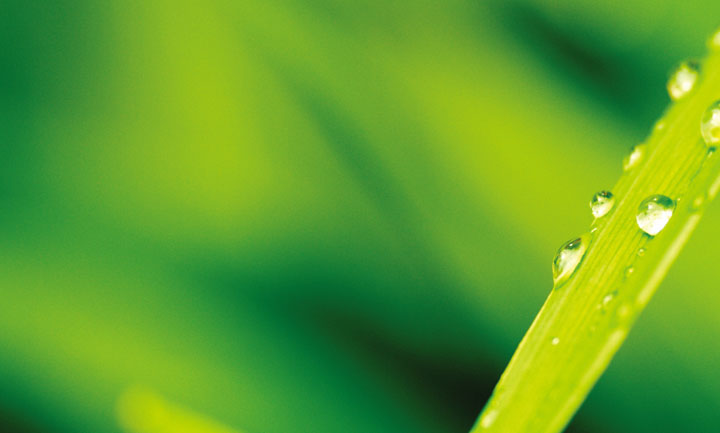2015年3月6日に行われた日本機械学会主催による講演会にて、エアアロマの香り「Arobalance(アロバランス)」を含めたアロマと集中力との関係についての検証が発表されました。(エアアロマジャパン代表 柳川舞が、共著者として参加)
ストレス社会の現代で、アロマセラピーはストレスを解消する方法の1つとして知られていますが、その効果の評価は主観的なアンケートによるものが多く、数値的な効果測定が難しい分野です。今回の実験で使用された「Arobarance(アロバランス)」は、豪州クイーンズランド大学で、ストレス時に活性化する交感神経の働きを抑え、脳内のストレス伝達物質を減少させる事が検証されています。
実験では、被験者がパソコン画面上に似顔絵を描くという作業をベースに、無臭時、好きな香り芳香時、アロバランス芳香時の3パターンの目の動きを計ることで、それぞれの香りの効果が比較検討されました。被験者が似顔絵を作成する間、アイトラッキングを用いて注視点を解析し、ヒートマップを設置して注視時間及びその部位を比較する事で、香りによる集中の変化が評価されました。
実験の結果、全被験者において、無臭時よりも好きな香りの芳香時が、好きな香りの芳香時よりもアロバランス芳香時の方が、視線を動かす回数が増加していることが分かりました。芳香時には被験者の集中力が高まり、より注意して観察するようになったということが言えます。
ストレスを軽減しリラックスを促すだけでなく、集中力を高めるという、香りの持つ新たな一面が見つかりました。将来、今は想像もしない場所で香りがその力を発揮しているかもしれません。
-------------------------------
At a conference held by the Japan Society of Mechanical Engineers on March 6, 2015, the results of a data experiment testing the effects of Air Aroma’s Arobalance fragrance on "concentration" were presented. (Air Aroma Japan’s Mai Yanagawa is a collaborator in the experiment.)
In a modern world brimming with stress, aromatherapy is known to be effective in relieving stress. However, the positive effects of fragrances are often measured through subjective means such as questionnaires, and scientific data is more difficult to procure.
To obtain objective data, the experiment tested the effects of Arobalance, the fragrance developed with the University of Queensland following ten years of research, and has been proven to reduce the adverse effects of chronic stress.
In this experiment, subjects were asked to sit before a computer screen and draw a portrait as shown on the screen. The degree of focus was tested in three separate sessions: with no fragrance, with a fragrance selected by the subject, and finally, with Arobalance in the workspace.
As the subject surveyed a photograph on the left screen and traced it onto a screen on the right, eye-tracking and heat-mapping devices were used to measure the length of time and areas in which the subject fixed his gaze. After completing all three sessions, data was retrieved and compared to see which situation showed the subject concentrating most intently.
In the case of all subjects, it was found that the eyes traveled between screens more rapidly with a preferred fragrance than when there was no scent, and quicker still when Arobalance was diffused into the environment. In conclusion, it can be said that Arobalance increases the subject’s concentration, allowing the subject to look at the screen more attentively.
We have learned through the experiment that fragrances not only help to reduce stress and enhance relaxation, it also aids in increasing focus. In the future, we may find fragrances assisting people in places one might not even imagine.
